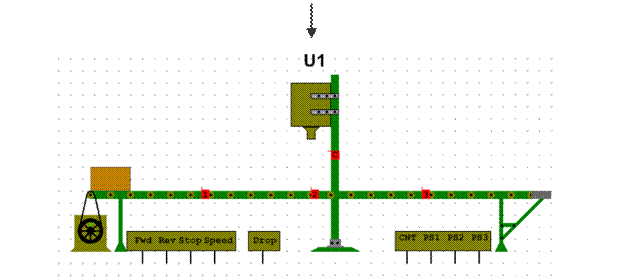BANKS AND BANK ACCOUNTS
Banks and bank accounts are regulated by both state and federal statutory law. Bank accounts may be established by national and state chartered banks, and savings associations. All are regulated by the law under which they were established. Until the early 1980's interest rates on bank accounts were regulated and controlled by the national government. A ceiling existed on interest rates for savings accounts. Interest payments on demand deposit accounts were generally prohibited. Banks were also prohibited from offering money market accounts. The Depository Institutions Deregulation Act of 1980 (D1DRA) eliminated the interest rate controls on savings accounts. The restrictions on checking and money market accounts were lifted nationwide. The operation of checking accounts is governed by state law supplemented by some federal law. Article 4 of the Uniform Commercial Code, which has been adopted at least in part in every state, "defines rights between parties with respect to bank deposits and collections." Part 1 of the Article contains general provisions and definitions. Part 2 governs the actions of the first bank to accept the check (depository bank) and other banks that handle the check but are not responsible for its final payment (collecting banks). Part 3 governs the actions of the bank that is responsible for the payment of the check (payer bank). Part 4 governs the relationship between a payer bank and its customers. Part 5 governs documentary drafts. These are checks or other types of drafts that will only be honored if certain papers are first presented to the payer of the draft. The banking crisis of the 1930's led to the development of federal insurance for deposits which is currently administered by the Federal Deposit Insurance Corporation. Funding for the program comes from the premiums paid by member institutions. The bank accounts of individuals at institutions which are insured are protected for up to an aggregated total of $100,000. Text 15 THE MARKET, ITS DEFINITION AND STRUCTURE
A market consists of all the consumers who purchase a particular type of good or service. The market may be sub-divided into separate segments each of which can be considered to be a separate market in its own right. It is very important for a business to be able to define its market: 1) So that it can estimate the size of the market. 2) So that it can forecast the growth of the market. 3) To identify the competitors in the market. 4) To break the market down into relevant segments. 5) To create an appropriate marketing mix to appeal to customers in the market. Some markets take place in a physical location e.g. a street market, whereas others may be virtual markets e.g. when people buy and sell through the medium of the Internet. The size of the market can be calculated in terms of the number of customers that make up the market, or the value of sales in the market. A business can then calculate its market share in terms of the number of customers its sells to, or the total value of its sales. Markets are typically structured into segments. Primary segmentation is between customers buying entirely different products. For example, an oil company manufactures a wide range of fuels and lubricants for road, rail, water and air transport and for industry, all of them for different groups of customers.
Text 16
|




